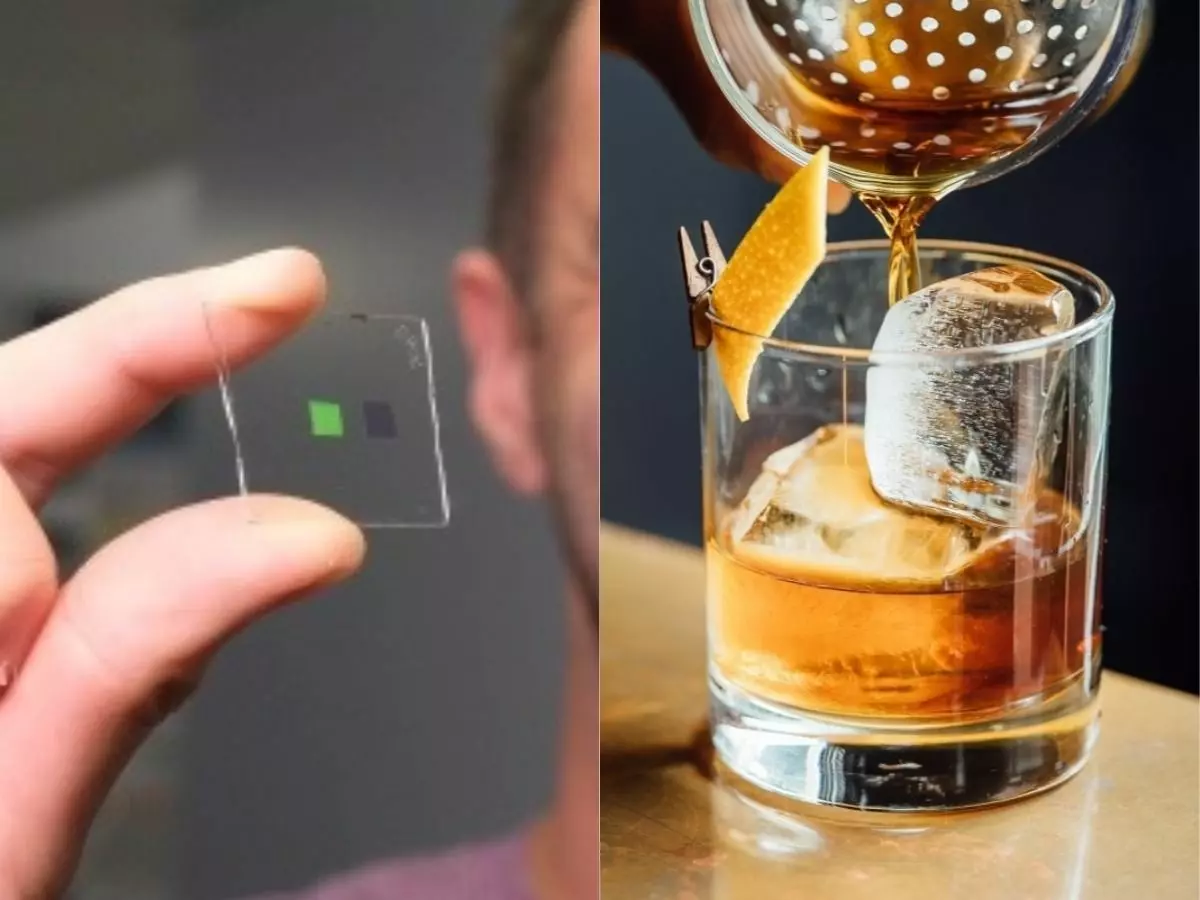Scientists Have Built An Artificial Tongue To Detect Fake Whiskey Better Than Any Human
If you¡¯re a whiskey drinker in India, it¡¯s probably happened before that you¡¯ve purchased an expensive whiskey from your nearby store only to crack it open and realise it¡¯s a counterfeit bottle. Well you¡¯d best believe there¡¯s now a bot to stop that.

If you're a whiskey drinker in India, it's probably happened before that you've purchased an expensive whiskey from your nearby store only to crack it open and realise it's a counterfeit bottle.
Well you'd best believe there's now a machine to stop that happening.

A team of scientists in Scotland have developed what they're calling an "artificial tongue" that they say can be used to tell a number of single malt whiskeys apart. "You could train your particular 'tongue' to know what one of these whiskies 'tasted' like, so that when the fake stuff came along it could identify it and when the real stuff came along it could confirm that it was the real stuff," said Dr Alasdair Clark, the lead author of the research from the University of Glasgow.
Clark says the technology can eventually be incorporated into a portable device so you could use it on the go. Even better than that though, he envisions it as having a wide variety of applications, including detecting toxins in a river or water body.
"Initially we thought of it more for sort of production line, quality control maintenance. For example if you are an apple juice company and you want to make sure that the apple juice you make on Tuesday is the same as the one that you made last week," said Clark.
The tongue is built using a glass wafer with three separate arrays, each composed of 2 million tiny "artificial taste buds". These are tiny squares 500 times smaller than a human taste bud, just about 100nm long.
The scientists have made six different types of these squares, three manufactured from gold and three from aluminium. One of the gold and aluminium types are mostly bare, while the others are coated with various chemicals.

University of Glasgow
When light is shone on an array with all of these taste buds, it interacts with the electrons on the squares, resulting in dips in the reflected light. This can be measured, and compared based on the liquid surrounding the, to give each liquid tested a unique "fingerprint". And when you train the artificial tongue with enough liquids, it can eventually tell them apart without revealing their makeup, like our own tongues work.
"Your tongue can't tell you what is in black coffee, but it knows what black coffee tastes like," Clark said.
